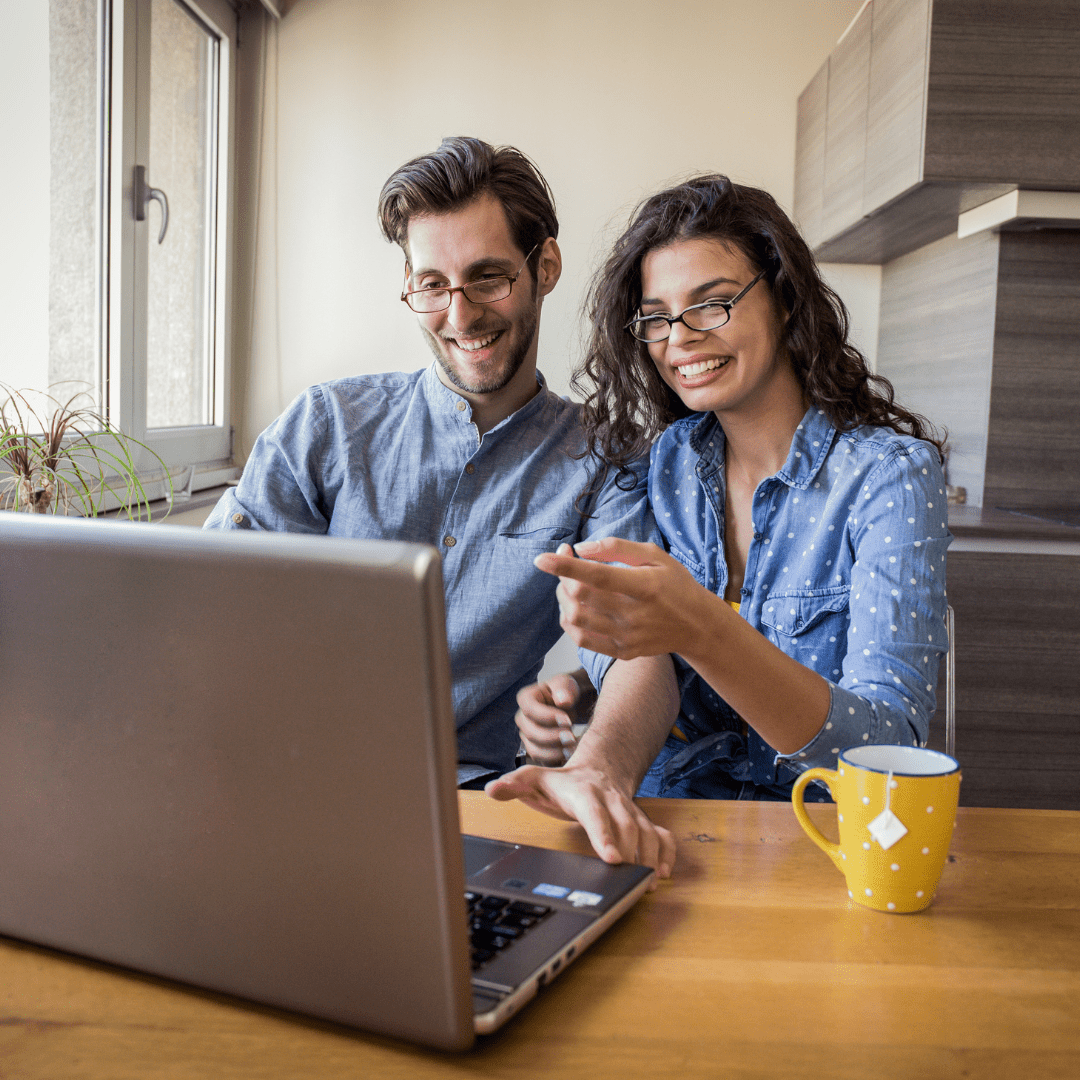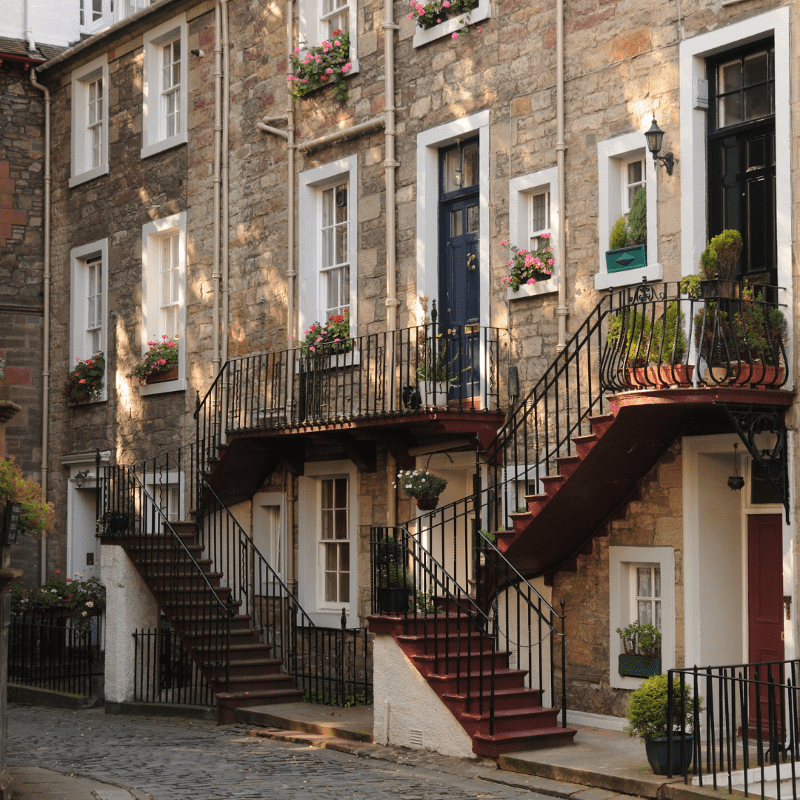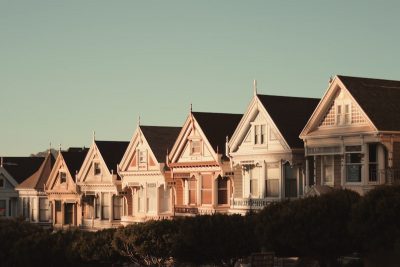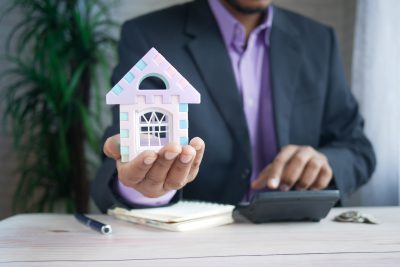Around 1,000,000 people in the UK own a second home – investment properties, holiday homes or to provide a home for a family member. If you’re considering buying your second home, whatever the reason, it’s important to be crystal clear on the financial implications.
We recommend speaking to a mortgage broker or a property investment manager to ensure you make the right choice, but here’s a guide on buying a second home in Scotland.
Buying a second home/holiday home
Scotland is an ideal place to buy a holiday/second home for so many reasons. It’s beautiful, full of great bars, restaurants and is home to some of the best people in the world! So whether you’re buying a rural retreat for long weekends with the family, or a flat in the city to crash at during the week, it’s important to think long and hard about the affordability of the decision.
Will you use the property enough to justify the purchase? Some people choose to let out their second home from time to time, but there are limitations to this with a residential mortgage. If you’re planning to rent out your second home as a holiday let for a significant portion of the year, you’ll need a specialist holiday let mortgage.
Investing in a buy-to-let property
Buying a buy-to-let property is often a great investment for those who want to put their money into a tangible asset that has historically been relatively stable in comparison to the stock market (particularly right now). Your rental income will pay for your mortgage and you’ll still have some passive income from it (especially if you choose an interest only mortgage), while the value of your property will grow over time.
Let-to-buy is another option for property investment that far less people have heard of. This is where you want to move to a new property, but keep your existing property as a secondary investment to rent out.
In these situations, you’ll have to talk to your lender or broker to see if you need to remortgage the property you already own in order to rent it out. The majority of the time, when buying a property to rent out, you’ll need a buy-to-let mortgage.
Helping a family member access the property ladder
Many young people first access the property ladder via “bank of mum and dad”. There are many ways to do this, and buying a property for your child is just one of them, however, it may not be the most cost efficient option because of the fees associated with buying a second home, such as LBTT. It may be a better option to lend your child the money for the deposit as well as things like conveyancing and LBTT, and have them buy the property in their own name. A family deposit mortgage is another option, allowing parents to use equity from their own home while the child borrows the whole sum needed for the purchase and pays the money back with interest.
How to finance your second home
It’s important to bear in mind that if you’re still paying your primary residence mortgage, you will need a chunky deposit for your second home – around 25% minimum – meaning a LTV (loan-to-value) radio of 75%. If you’re in a position to buy your second home in cash, or you own your primary residence outright, you’ll find yourself in a better position.
This will reduce the risk to your lender, who will need to be confident that you can afford both properties. They’ll also want to see a healthy income and credit score along with a nice projected income for the second property if you’re renting it out to help to subsidise the cost.
One option to get a deposit together for a second home, would be to remortgage your current home, releasing equity. However, equity release can be expensive and risky, so ensure you work with a property investment expert to ensure the right course of action for you.
The cost of buying a second property
In addition to your new mortgage, you should be aware of LBTT (Land & Building Transaction Tax) which is Scotland’s equivalent of stamp duty.
Primary residences carry a taxable rate of 2% of properties purchased at, or over £145k. Additional residence properties will carry an extra 4% of the total purchase price if it costs more than £40k.
You’ll also have to pay capital gains tax when you sell your secondary property if it has increased in value, taxed at the rate of 10% on gains only. Finally, you have the ongoing costs such as insurance, council tax and utilities.













